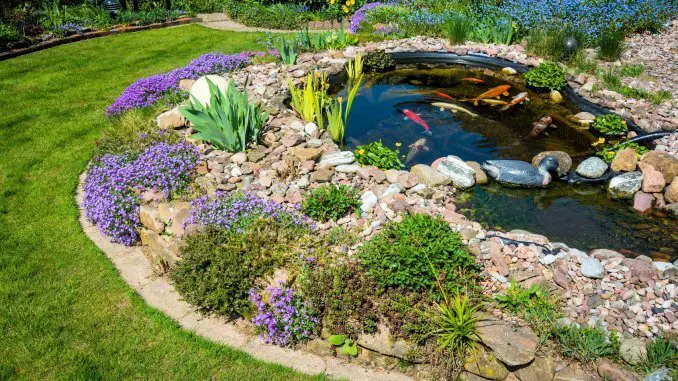
Almost every fish keeper’s dream is to one day have a pond or water garden at their home. Koi ponds are the best of all ponds, with some displaying the most tranquil and peaceful sceneries in the world.
Young Koi are sometimes kept in large aquariums until they outgrow them, at this point they can be moved over to a garden pond.
These fish have a long and extremely colorful history in the fish keeping industry!
In this article we are going to discuss everything you need to know about Koi ponds from both indoor and outdoor kits, to DIY ideas, as well as a step by step guide on how to build your own Koi pond.
What is a Koi Fish Pond?
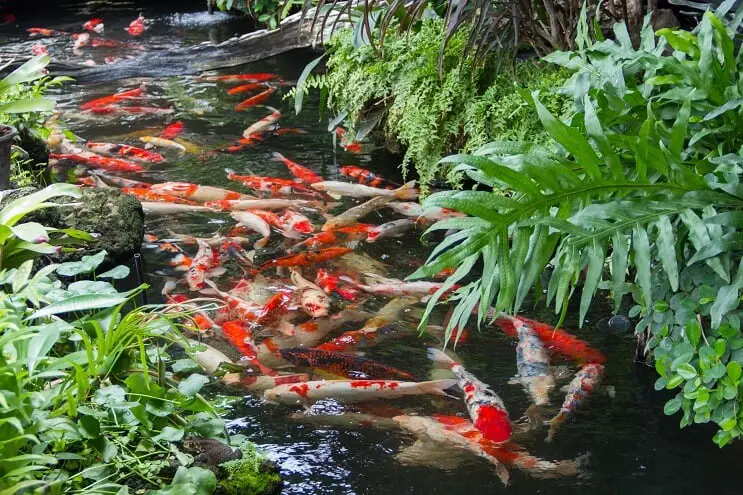
Koi fish are Japanese color variations of the Amur Carp (Cyprinus rubrofuscus), an Asian relative of the European Common Carp (Cyprinus carpio) which come from the same family (Cyprinidae) as Goldfish.
When they started showing different color mutations, farmers began to selectively breed them which resulted in the production of Narumi Asagi Koi, the first known variety of Koi in the early 1800s.
A couple of centuries later, there are now dozens of known color varieties of Koi. Across Europe and America, keeping Koi in outdoor ponds and water gardens has exploded in popularity.
Koi are hugely popular all around the world for the different color forms they can produce.
A Koi pond is a pond which has been designed and built specifically to keep these colorful carp. They are usually designed in a way that gives the pond a harmonious feel to maximize the health of the fish to help them reach their full size and best color.
Kits vs DIY Koi Ponds
Kits provide people who are relatively new to the hobby with a complete setup that is simple to put together.
The main benefit of kits is that it saves people a lot of time, which would otherwise be spent researching all of the different parts and components that are needed to build your own pond.
Whereas, DIY Ponds provide you with the opportunity to build the pond you have been dreaming of.
A lot of time will need to go into research, planning and designing the pond. But you will end up with the exact pond you want.
How to Build a Koi Pond
Step 1: Design the Pond
Before getting to the actual building of the pond, it is essential that you first put your ideas down on paper.
This lets you create your dream Koi pond, it will also mean you can calculate the amount of materials you will need for the specific dimensions and layout of the pond.
Step 2: Ground Work
Outline the Pond
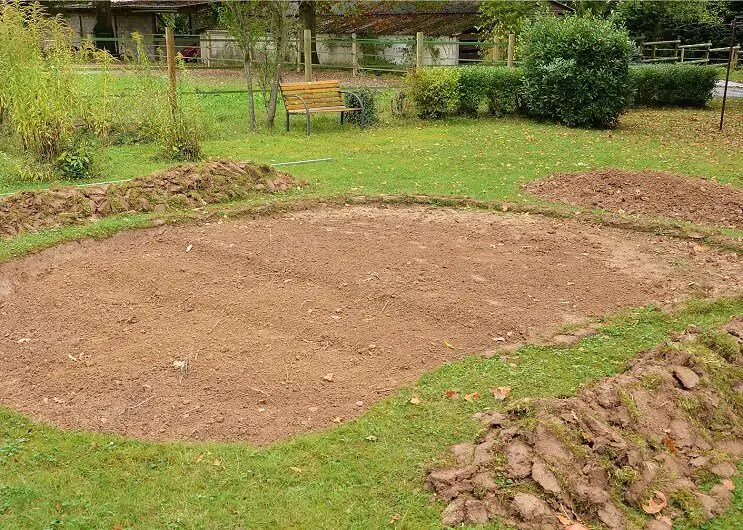
Once you have your idea on paper, you can then outline the area of the pond. You should also outline the places where key elements like the filtration system, skimmer and waterfall or other key features will be placed.
Dig the Pond
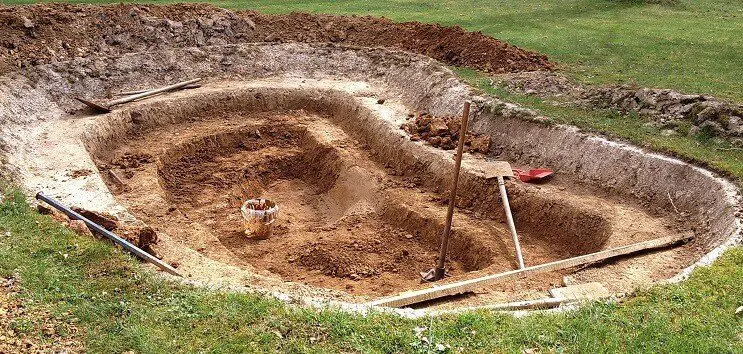
With everything outlined, you can now start excavating the pond.
It is very important that you add different tiers and shelves to the pond (shown in the picture) as different plants will occupy different regions and depths of the pond. The lowest point of the pond should at least 5 feet deep (150CM).
Dig the Trenches
A trench will need to be dug for the plumbing from the pond to the external filter and/or waterfall. Pond skimmers will need burying at the correct level beside the pond.
Should you choose to use a skimmer, dig a trench to the external pond pump and from the pump to the external pond filter and/or waterfall. If you use a submersible pump for the skimmer then the trench will go from the skimmer to the waterfall/filter.
Install Bottom Drainage
Bottom drainage is used to remove fish waste from the bottom of the pond – having one will save you time as there will be less maintenance needed.
Dig a hole in the center of the deepest section of the pond where the drain will sit. The bottom section should be rounded and bowled to allow gravity to do the work of moving the waste towards the drain.
Then dig a trench to house the flex pipe that connects the drain to the vortex and settlement tank. After inserting these components, back fill the hole and trench with dirt leaving only the intake exposed.
Step 3: Lining and Edging Pond
Underlaying the Pond
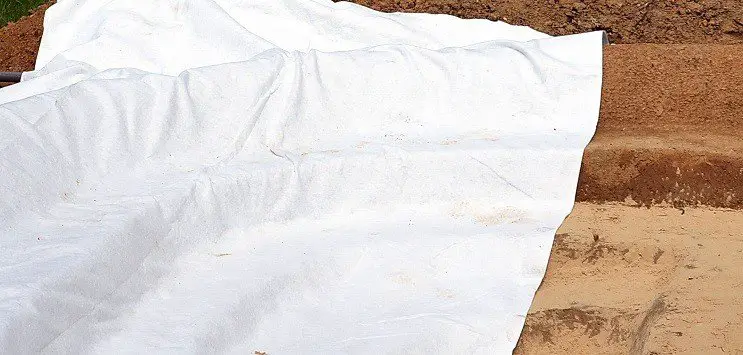
Now you need to fit underlay to the pond.
Cut some pond underlay to the correct size using either sharp scissors or a box cutter and lay it flat across the bottom and sides of the pond. Make sure to cut an “X” into the underlay where the bottom drainage is.
Lining the Pond
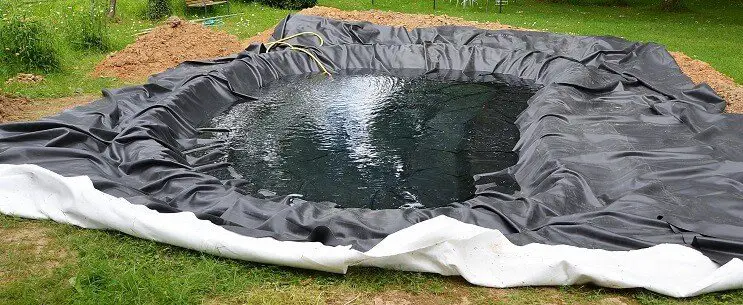
Once the underlay has been fitted, you need to line the pond.
Place the liner in the middle of the pond and carefully unfold it, being sure not to damage it.
Unfold it all the way out to cover the pond (as shown in the picture).
Connecting the Bottom Drain and Skimmer
After making sure that you have enough liner to cover the bottom and side of the pond, cut an “X” into the bottom of the liner above where the bottom drain is.
Once this is done, make sure the drain and the liner are clean and dry before gluing them together and removing any wrinkles. Then you will need to screw the top section of the drain to the bottom half which is protruding from the pond in order to form a tight seal and prevent any leaks.
After this is complete there will be four small triangles of excess liner inside of the drain where the “X” has been cut, these will need cutting off to allow water and debris to pass smoothly through the bottom drain.
For the skimmer, follow the manufacturer’s instructions and place the piping in the correct position, making sure to leave a couple of additional inches to allow for the connection to be made.
Edging the Pond
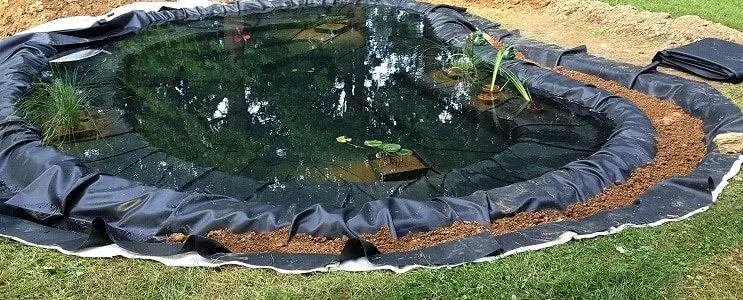
The material you choose for this is entirely up to you, we recommend large rocks as it adds a more natural feel to the pond – bricks or tiles tend to give it a more modern look.
Add the material around the edge of the pond to hold the liner in place, then cement them in place.
Step 4: Finishing the Pond (Plants and Fish)
Adding Water and Bacteria
Fill the pond to the correct height and add water conditioner to de-chlorinate the water.
Starter bacteria can be purchased and should be added to the water as well as the filter (this should now be turned on along with any pumps).
You should also add a heater to the pond and turn it on. Allow the temperature to stabilize in the region of 59-77°F.
Planting the Pond
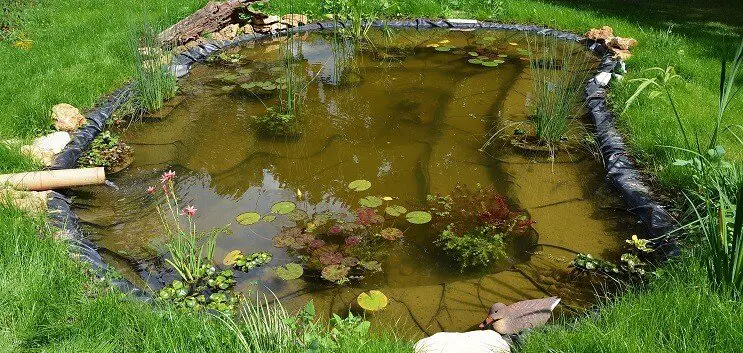
The next step on the list is planting your pond.
Add all of your chosen plants to the pond and place them on their corresponding tiers/levels and in positions where they will get their correct amount of light.
Allow time for both the bacteria and plants to establish themselves first before adding any fish. We find that fast growing plants work best in Koi ponds where the fish will eat the plants if hungry.
You can read the section below for some plant suggestions.
Check Water Parameters
Keep a test kit on hand and perform all of the relevant tests to make sure the nitrogen cycle has finished. This should not take as long if you add bacteria beforehand.
You will notice the ammonia and nitrite levels spiking before going back down to zero – this indicates your pond is ready for fish.
The cycle can take anywhere from 2 to 8 weeks.
Adding Fish
Be sure to acclimate them before placing them in the pond. This can be done by floating the bags on the pond’s surface for about 30 minutes.
Then add a cup of pond water once every 5 minutes for the following 20-30 minutes.
Now, gently pour the fish from the bag into a net above a bucket and add them to the pond. Do not add the water from the bag to the pond – just dispose of it.
Koi Pond Ideas And Designs
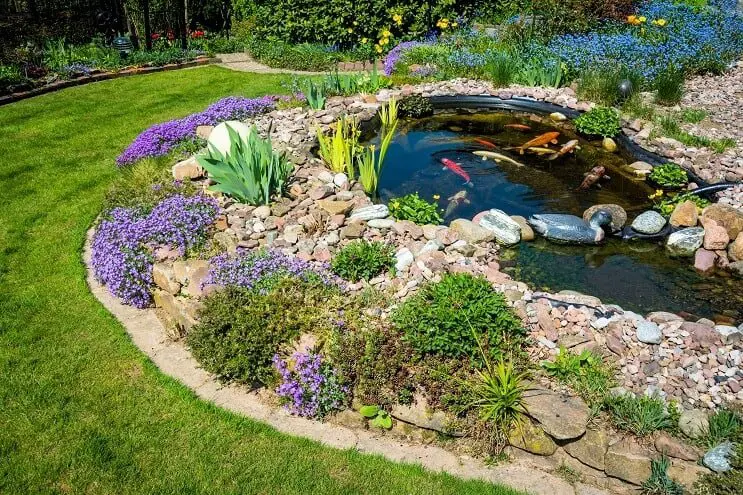
Setting up a Koi pond can be done both inside and outside. Indoor ponds are generally cheaper because they are smaller.
Indoor ponds are quite often purchased as kits and come as raised, durable plastic containers which can also have built in viewing windows and a wooden or plastic outer shell.
These indoor ponds can have features like fountains as well as waterfalls if you use the correct pumps. They also have plants and mossy rock features added to them although the plants will require some artificial lighting.
The lighting will not only aid in the growth of the plants but also algae, which in most aquariums is an unwanted inhabitant. However, with Koi you should want algae growth as this provides the fish with an additional source of food and can stop them from eating pond plants if there is enough of it.
Outdoor ponds offer more creativity and space for you to construct the perfect water oasis for your Koi. Depending on the size of your garden you could choose to add streams and waterfalls to the pond. You can also add rocks and stones around the edges of the pond.
You can plant flowers and other plants to make it feel more natural and at the same time create new habitats for different garden creatures and build thriving ecosystems.
Adding a fountain to the center of the pond will not only look good, but as the water falls back onto the surface of the pond it will oxygenate the water as well.
Outdoor ponds will not only create the ideal habitat for Koi fish but also other natural water dwelling creatures like Frogs, Snails and Water Gliders. They can also provide a source of water for garden birds to drink from.
However, depending on the size of the fish within the pond, you may want to add a mesh cover to prevent larger birds like Heron, Stalks or Cranes from predating on smaller juvenile fish.
Adding floating plants like Water Lilies, Water Lettuce and Frogbit will provide fish with shade from the sun, protection from predators and will also provide an essential form of filtration by removing excess nitrates from the water.
Koi Pond Plants
Koi are notorious for eating plants, so it is important that they are kept well fed to ensure the livelihood of the plants in your pond.
Choosing the correct plants is vital – the ones which do best are generally the ones which grow faster than others. Different plants require varying amounts of light for photosynthesis and therefor growth. In this section we will give you a few plants which are great for your Koi pond.
Floating Plants
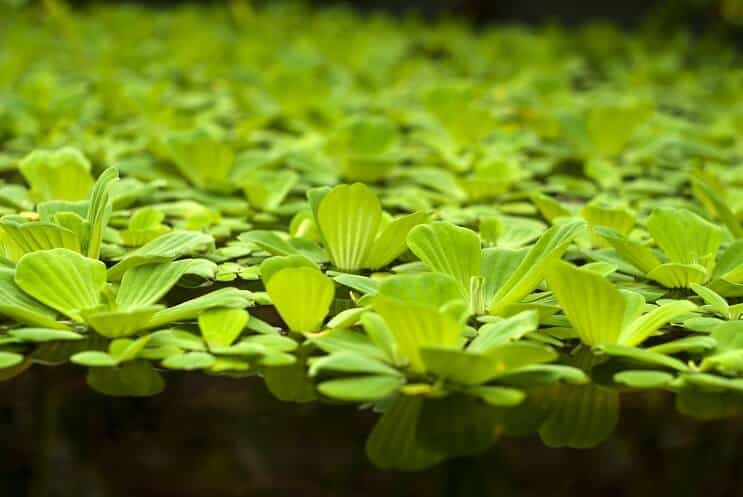
- Water Lettuce: This is a free-floating species which resembles a Lettuce or Cabbage. It sits on the surface of the water and has a root system which hangs beneath the plant in the water column. These plants will provide the Koi with both shade from the sun and a safe place to hide.
- Water Lily: The leaves of this plant sit on the surface of the water and can also produce different colored flowers. The plant should be potted and placed at the bottom of the pond and the shoots will eventually grow to reach the surface. The leaves will provide essential cover for your Koi which will make them feel safe.
Submerged Plants
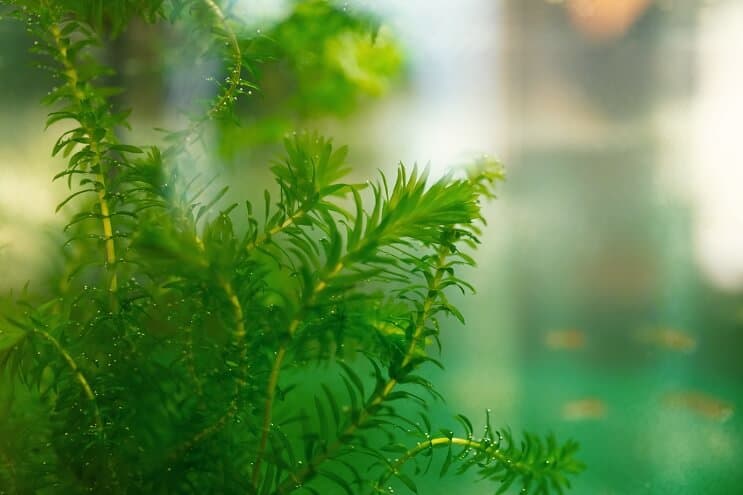
- American Waterweed: Also known as Elodea, this plant does best in sunny areas of the pond. It is a fully submersed species with the exception of small white flowers which bloom at the water’s surface. This species also provides the ideal location for Koi egg laying.
- Fanwort: Just like Elodea, this plant also requires direct sunlight and grows extremely fast. It is similar in appearance to Hornwort. The darker green stems branch off into thin needle-like leaves. This plant is also the perfect habitat for the Koi to lay their eggs.
Koi Pond Supplies
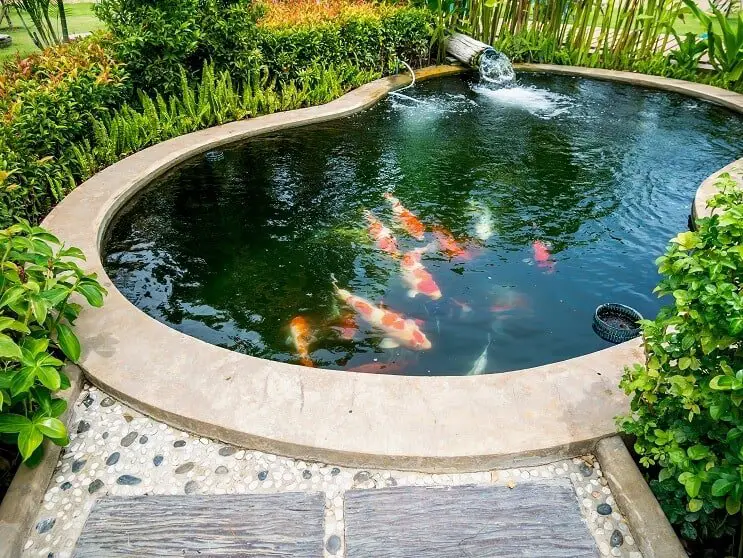
Filter
Filters are needed to remove dirt as well as plant and fish waste from the water. However, the main role of the filter is the media which provides surface an area for beneficial bacteria to grow.
The water which passes through the filter keeps these bacteria well oxygenated. Some of the bacteria play a key role in the conversion of ammonia to nitrites which are then turned into nitrates by a different kind of bacteria.
These nitrates are then absorbed by plants which complete the nitrogen cycle.
There are 3 types of filter systems suitable for ponds which are gravity return filters, pressurized filters and gravity feed filters. Each one works differently and the one you use depends on the setup you choose. Canister filters can also work well for small, raised, indoor ponds.
Pump
There are two different types of pumps that can be used in a pond system. The first in an air pump which has tubing connected to it with an air stone which should be placed into the water.
This pump provides aeration to the pond and will increase the amount of dissolved oxygen which is necessary for the respiration of both plants and fish.
The second type of pump is a water pump. This kind takes water from one end of the pond to a feature like a waterfall or stream and therefore creates a continuous water flow and gives the pond a more natural feel.
Water flow, whilst not essential for respiration, lets water pass over the gills of fish more easily and therefore aids the process.
There are several different kinds which are submersible, external, fountain, solar powered, magnetic drive, debris handling and statuary. Each pump has its different specifications both on the box and their description online. These can help you decide the correct pump for the pond.
Heater
A pond heater is a heater which warms the water of the pond to the regulated temperature which in the case of Koi should be between 55-77°F.
Temperature is extremely important within aquaculture because fish are ectotherms which means they can’t regulate their own body temperature.
This can therefore impact their growth and health.
The three most popular heaters which work well for Koi ponds are deicers, inline electric water heaters and gas-fired boilers.
Which one you choose will depend the size of the pond and your budget. Aquarium heaters will also work well for small indoor ponds.
Summary
Koi keeping has been popular for hundreds of years and is still thriving today.
Depending on the amount of money you spend, there are a few different options you can choose from.
There are cheaper options like pond kits which can be both raised above ground level or dug into the ground. These kits come with the majority of the essential equipment – however they do require more maintenance.
Building your own pond lets you create your own little slice of paradise in which to house and breed your Koi.
As well as Koi you can also keep different species of fish like Plecostomus which will also help the Koi to keep your pond clean and control algae.
What type of pond will you choose for your Koi? Let us know in the comments section below…

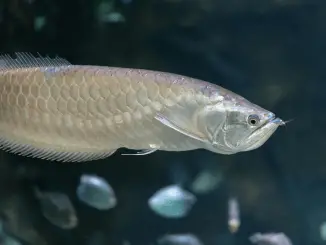
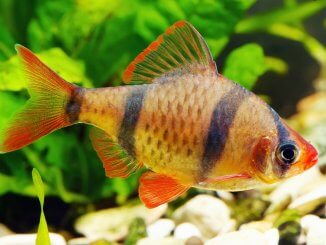
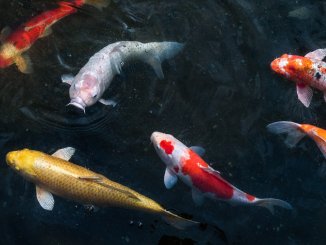
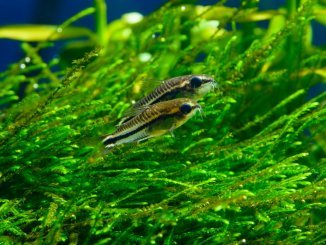
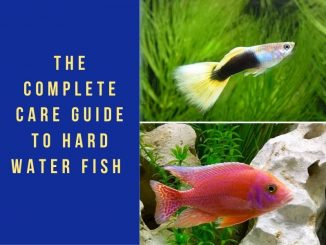
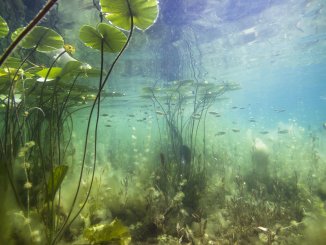
Absolutely loved this article. I’ve been planning a koi pond this season and this article was spot on with the information I was wanting. Thank you for another great article.
Its very good . Its true and i am also a koi pound dreamer. It will be a good idea as following these steps. And now i have a perfect idea for my koi pound ??
I already have a koi pond and learned a lot from this article. I’m wanting to try to put in a hydroponics system to clean the water and grow food for the family. I would love an article on that. Thanks.